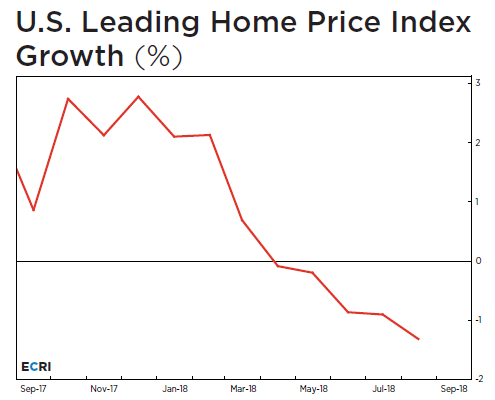Not trying to be a wet blanket here, but c’mon. Again?
Maybe the line I’m walkin’ needs to be crossed. Too early to say. The pros in this business who believe the 10-year Treasury yield must breach 4% are piling on to one side of the boat.
The contrarian in me along with several data points compel me to maintain a preference to remain on the lonely side of the ship.
Most likely what you’re witnessing is a peak in intermediate and long-term interest rates, not the start of something big.
I share several reasons for my logic.
Most important, do not, I mean do not, get swayed by talking financial heads who warn that stocks will be the big winner when rates rise and bonds the loser. Simply, if rates rise too rapidly anywhere along the yield curve, stock prices will fall off a cliff while bond prices will slowly roll down a hill.
Why have rates possibly hit their zenith?
Consider the over-indebtedness of governments, corporations (corporate debt now stands at 45% of GDP), households, inflation as measured by the Dallas Fed’s Trimmed Mean PCE right at 2% – in union with the Fed’s nebulous target, and the ominous danger signs coming from housing – a leader of economic activity & forefront in a consumer’s “feel good” sensors of the psyche. Quite frankly, the economy just cannot handle rates much higher from here.
Recently, growth in the Economic Cycle Research Institute’s U.S. Leading Home Price Index turned in its worst reading since 2009. ECRI’s Index was spot on nailing the early stirs of the housing crisis in 2006.

According to ECRI’s head honcho Lakshman Achuthan, home price growth is set to fall in a sustained cyclical downturn.
Let’s not forget demographics. The U.S. population is aging which puts a lid on how high inflation-adjusted interest rates can go. If anything, there’s a point where older investors will seek to trim their stocks to capture juicer income yields from bonds.











Leave A Comment